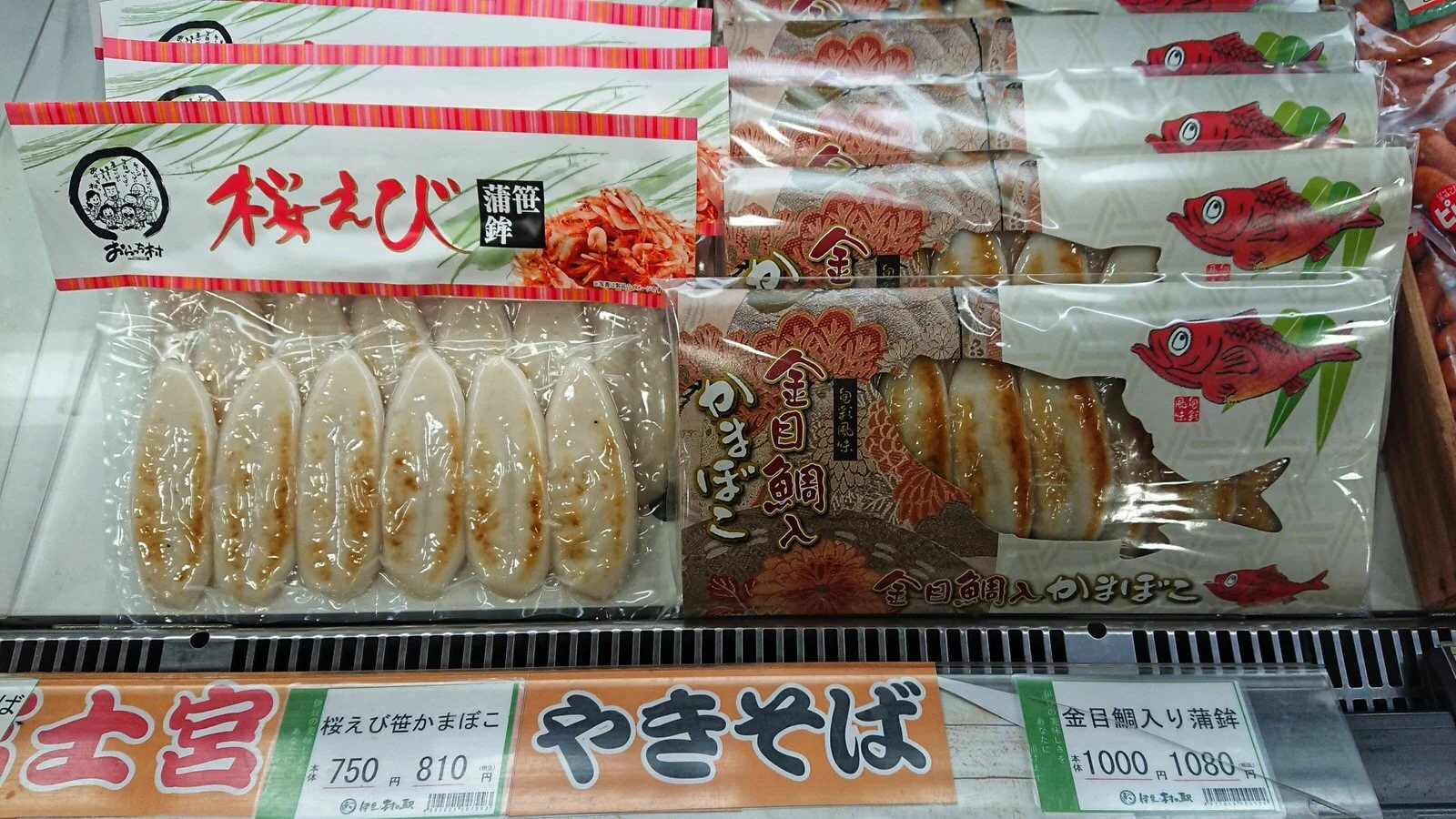The Cost of Japan: From Cheap to Steep
“How expensive is Japan?” It’s probably the question we get asked most here at WAZA Travel. There seems to be a perception that a trip to Japan comes with a hefty price tag - and it can. But, it can also be a pocket-friendly trip that offers incredible bang for your buck (even when those bucks are rands). That’s why we decided to tackle this question from two angles, giving you an idea of Japan on the cheap, and a luxury trip that is far more steep.
Accommodation
In Japan, homes are small, and spaces often serve more than one purpose - the accommodation on offer follows suit. On Airbnb, you can find a Tokyo apartment featuring washitsu for under R1,000 per night for two people. A traditional Japanese room like this, with crafted straw tatami mats and futons, is a great way to experience a slice of Japanese living on a budget. If you’re splashing out, you can get authenticity with all the frills at a ryokan. Typically these traditional inns are found in the countryside, where guests soak in communal baths (onsen), and spend their time in comfortable yukata. A ryokan can range from reasonably priced to the likes of the Hoshinoya Ryokan in Tokyo, which costs R42,000 a night for a double room.
From western hotel chains and designer hostels, to capsule hotels and camping spots - there is a lot on offer in between, and on either end, of a cheap and cheerful AirBNB and a luxury suite.
Food
Food is an accessible and delicious way of experiencing the culture of a country, and when it comes to Japan, there’s a buffet of experiences on offer. Let’s start at the bottom end of the budget. 7-Eleven, Family Mart and other convenience stores in Japan are nothing like the ones you’ll find in South Africa. They offer a tasty array of options, from onigiri (rice sandwiches) and the best fried chicken you’ve ever tasted, to beautifully packed bento boxes. Grab a bento set for under R60 and head to a park for a picnic.
One step up is a sit down meal at a casual eatery. For about R140 the options are endless. You could have a steaming bowl of ramen, okonomiyaki, tonkatsu, tendon or conveyer belt sushi. A 3-course meal for two at a mid-range restaurant will only set you back about R700. If you’re looking for the dining experience of a lifetime, book a seat at one of the country’s Michelin Star establishments. The set menu at Sukiyabashi Jiro in Ginza (from documentary Jiro Dreams of Sushi) costs R4,300 per person. Here you can watch the sushi master meticulously create every piece of sushi before placing it on your plate.
Shopping
Monozukuri (the art, craft and science of making things) is a consistent theme you will see throughout your travels of Japan. No doubt you’ll want to take a piece of this mastery home with you. Whether it’s manga, Japanese Whisky, ceramics, gardening tools, action figures or fashion - collecting mementos along the way is well within the average traveller’s budget. Fashion lovers can shop for traditional indigo-dyed fashion in Saitama, or opt for MUJI - a Japanese clothing brand with quality basics. In Hyogo you can handpick a blade made by a blacksmith, or find a quality sushi knife in Tokyo’s ‘Kitchen Town’. Shopping in Japan gives you a peek into ancient techniques and lets you in on authentic experiences. If you’re looking for more ideas for souvenirs, check out @wazashop_za on Instagram.
For tips on the most cost-effect modes of transport, read Getting Around Japan.



